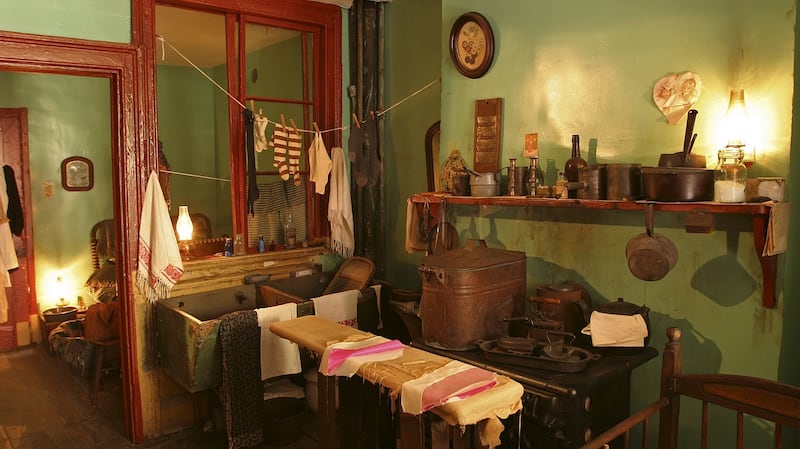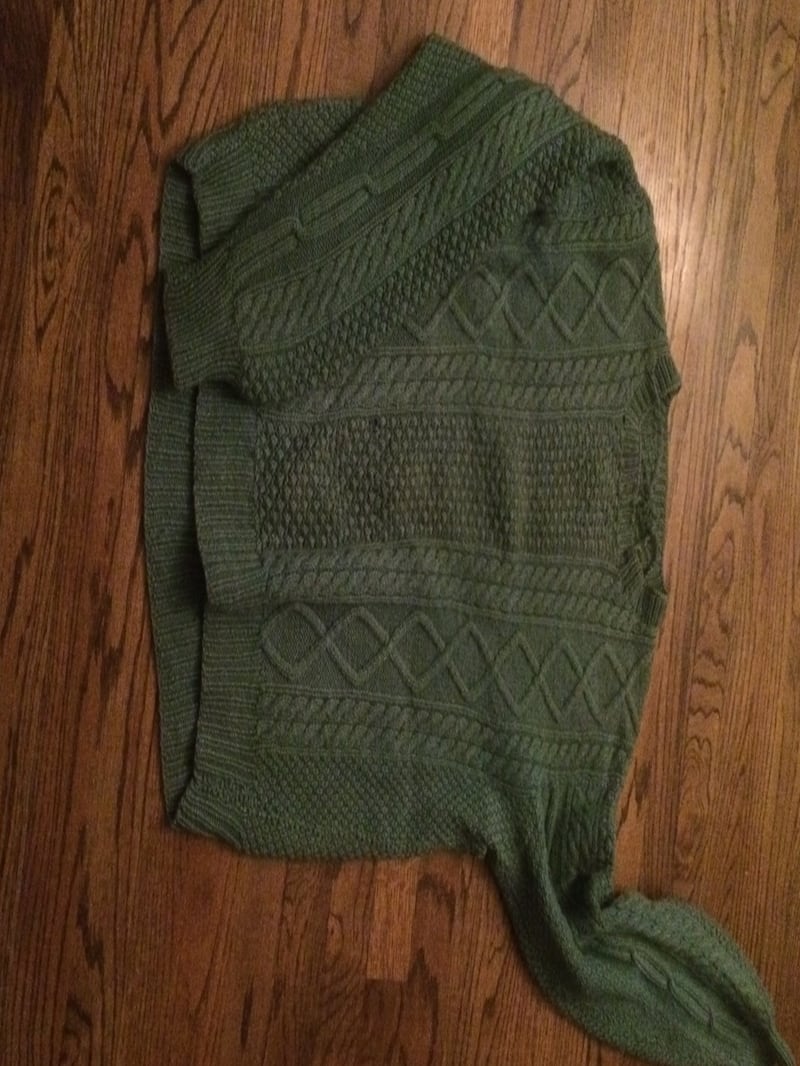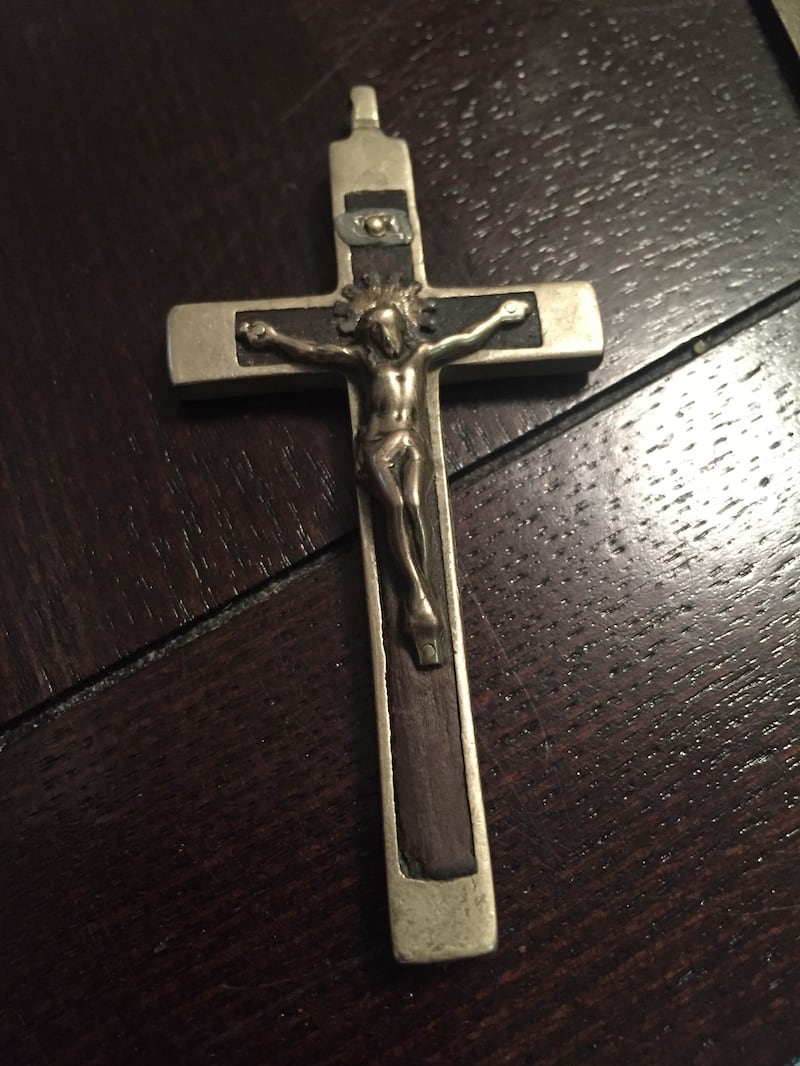As visitors to the Tenement Museum in New York step into the re-created 1869 apartment of Bridget and Joseph Moore they might notice the tin teapot on the coal stove, the rosy-pink knitting on a chair next to the window, or the St Brigid’s Cross above the front doorway.
Housed in two apartment buildings on Orchard Street, on Manhattan’s Lower East Side, the museum tells the stories of the real former residents of 97 and 103 Orchard Street, like the Moores: immigrant and migrant families who raised children, cooked meals, celebrated, worried and built new lives in these apartments.
The objects in the apartment become the anchors for the Moores’ story, as tour guides share with visitors the details of Bridget and Joseph’s experience as a former domestic servant and bartender, as parents of three girls, as working-class Irish immigrants.
The Moores were one of only two Irish families living in 97 Orchard Street in 1869; they shared hallways and backyard outhouses with neighbours from Germany. They baptised their daughter Agnes at Old St Patrick's Cathedral, on Mulberry Street, and lost her to illness eight months later. They likely attended the St Patrick's Day Parade, a public celebration of Irish pride at a time when prejudice ran high against newcomers from Ireland.

The museum learns these details from public records and interprets them with scholarship from leading historians. But for our visitors from across the country and the world it’s the teapot, the knitting, the St Brigid’s Cross, the everyday objects that spark connections to visitors’ own families, and to the museum’s core principle: that ordinary people shape history.
These connections inspired the museum to create Your Story, Our Story, an online exhibit where people from across the United States submit stories of their family's migration and immigration history, regardless of where their family came from or how long they've been in the country. Now a collection of more than 3,000 entries, the museum curates the stories to explore questions and reveal broader patterns of migration, both past and present.
The stories of Irish-Americans in this collection offer the museum a unique opportunity to connect past to present. Irish migration reached a peak in the 19th century, when people from Ireland were nearly a quarter of New York City’s population; the stories of Irish immigrants, then and now, are stories of the city itself.
From photographs to teacups, a deck of cards and a cutting board, the museum has collected these stories of everyday objects, many of which highlight the cultural, political and civic impact that Irish immigrants have had on the city.

Megan, three generations removed from her Irish ancestors, wrote about playing cards that link her to her great-grandmother, who brought family together every Sunday, and Uncle Joe, who ran a horse-and-carriage business in Central Park after immigrating.
Tyler, a third-generation Irish-American, shared a story of his great-grandmother Helen’s childhood books. Helen’s mother, having heard about the access to education in the US, longed to attend college; unable to complete her education because of family responsibilities, she bought these books for her children in the hope that they would attain what she could not.
Tyler never met his great-great-grandmother, but he could read on Your Story, Our Story about Theoren, whose father won a visa lottery and emigrated from Ireland to New York in 1992 to “go forth and begin a new life”, and, with luck, begin to understand his family’s past through Theoren’s present.
Theoren’s Your Story, Our Story is about his father’s first job in the city: cleaning offices in Midtown. His object, a bucket and mop, represents the difficult and often less visible work of many immigrants.

His father found the job from an Irish newspaper, published out of Woodside in Queens, the same neighborhood where Darragh’s family went to church at St Sebastian’s. Darragh shared the story of his grandmother and her crucifix, and how that crucifix connected her to the church community in Woodside, even 20 years after she’d moved back to Dublin.
Woodside, still home to many recent Irish immigrants, also sits in the most diverse borough in New York City. In Queens families from Ireland live next to families from Bangladesh, Colombia, the Philippines and Korea, and people's kitchens and everyday objects still help us understand the past, and understand each other.
If you are from Ireland and living in the US, the Tenement Museum would love to hear your story. Contribute yours to the collection, or read the others, at yourstory.tenement.org.
As part of the Ireland: New York Festival, the Tenement Museum will discuss these stories and more on Wednesday, October 11th, at 6pm at the Hunt Museum, in Limerick










